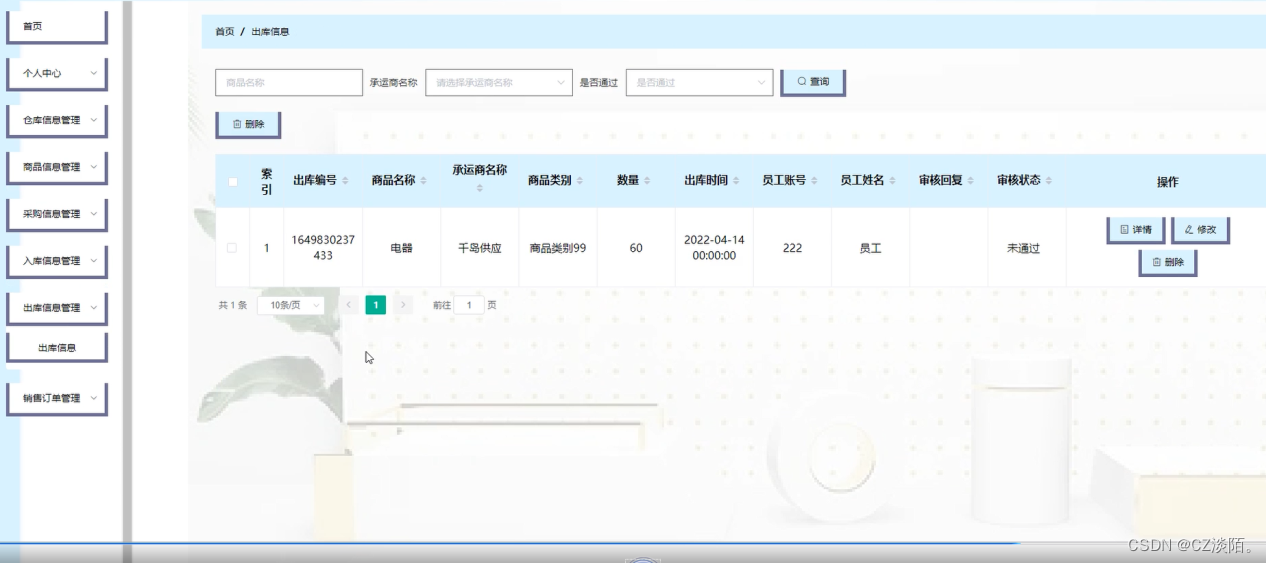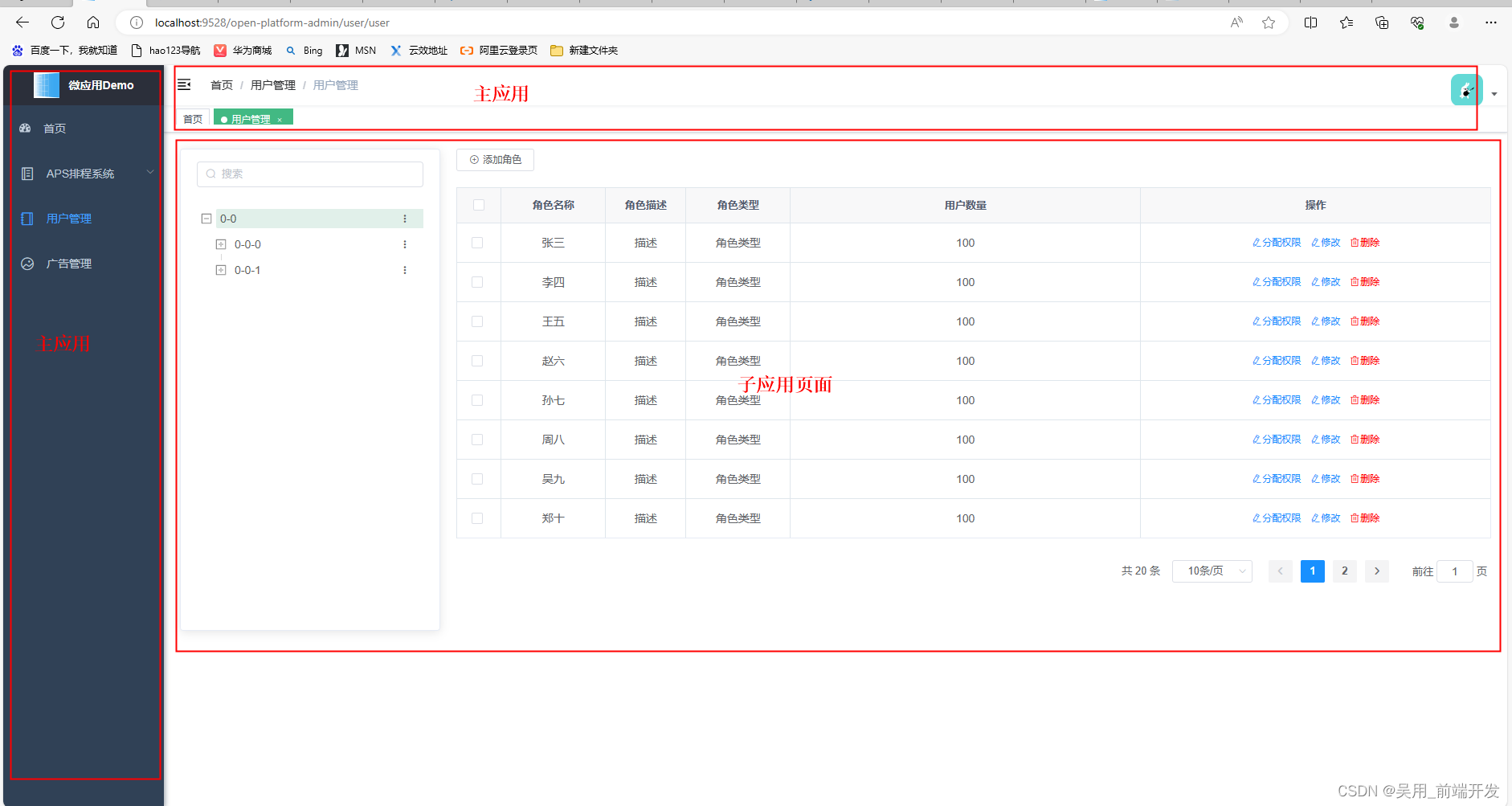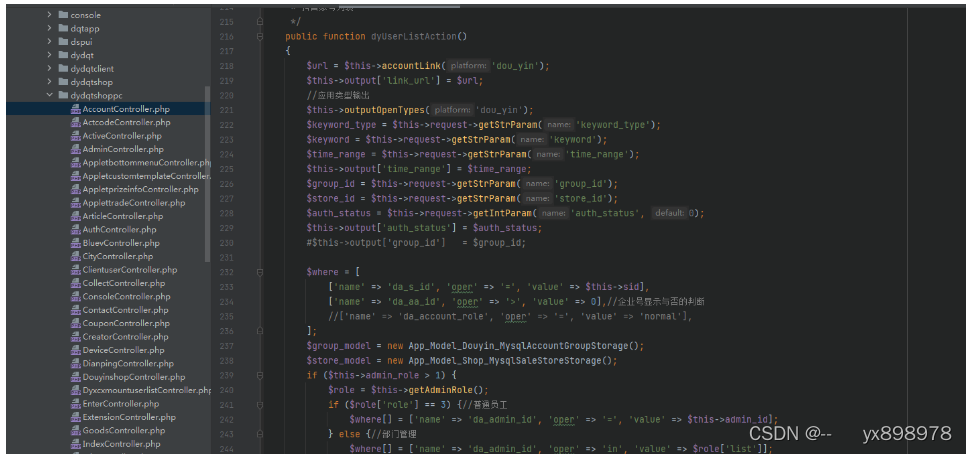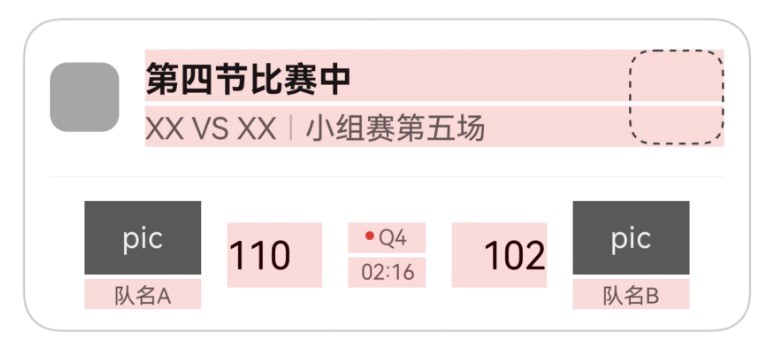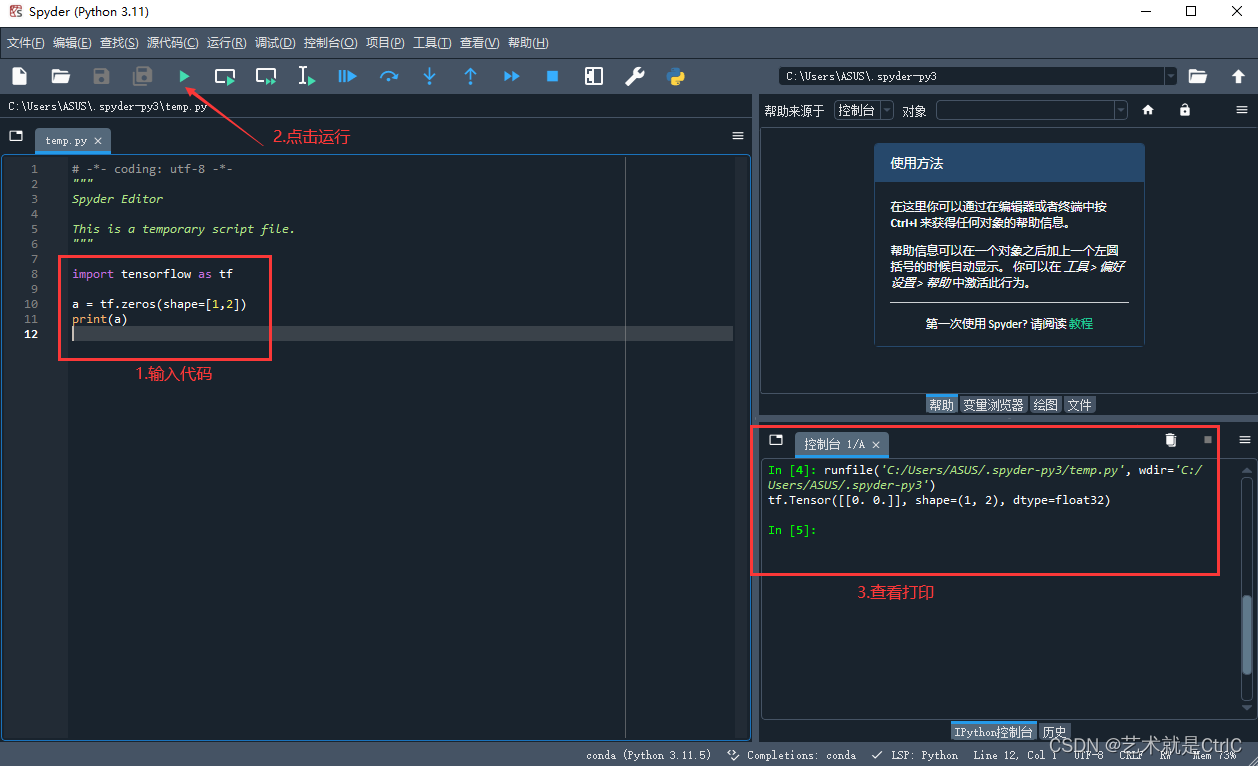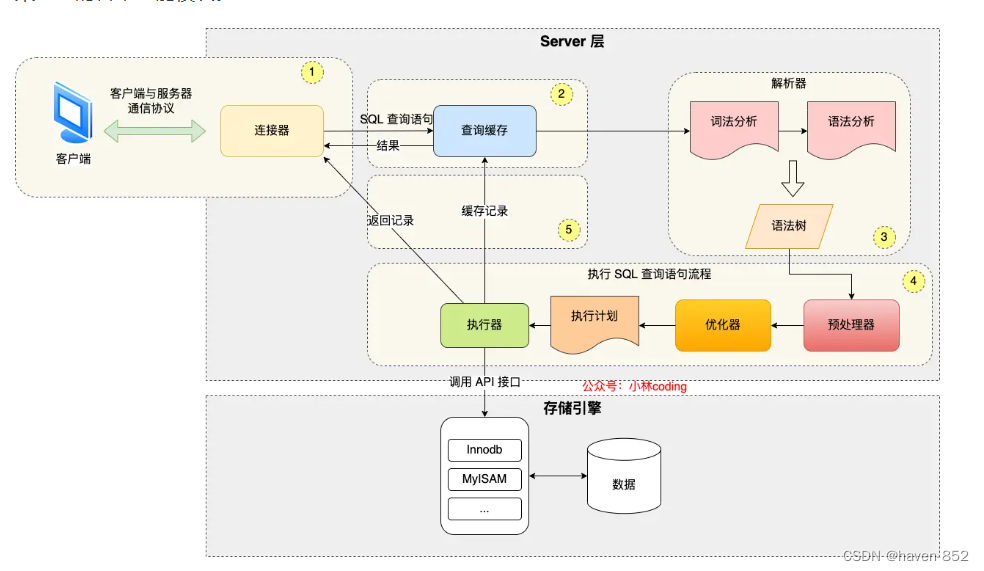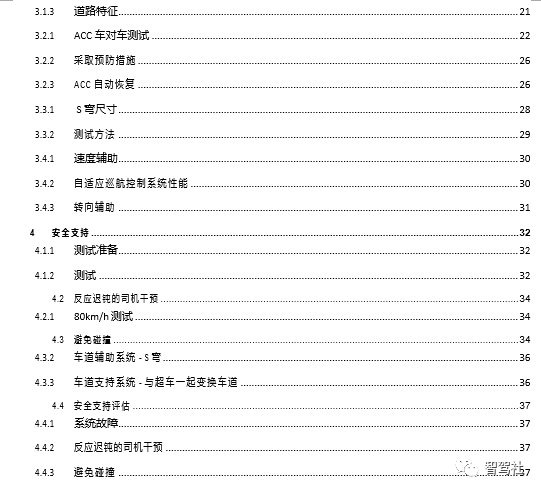目录
C语言的输入与输出
C++IO流
C++标准IO流
C++文件IO流
文件常见的打开方式如下
以二进制的形式操作文件
以文本的形式操作文件
读写结构体
stringstream的简单介绍
C语言的输入与输出
C语言中我们用到的最频繁的输入输出方式就是scanf ()与printf()。
scanf(): 从标准输入设备(键盘)读取数据,并将值存放在变量中。
printf(): 将指定的文字/字符串输出到标准输出设备(屏幕),使用时需要注意宽度输出和精度输出控制。
C++IO流
C++系统实现了一个庞大的类库,其中ios为基类,其他类都是直接或间接派生自ios类
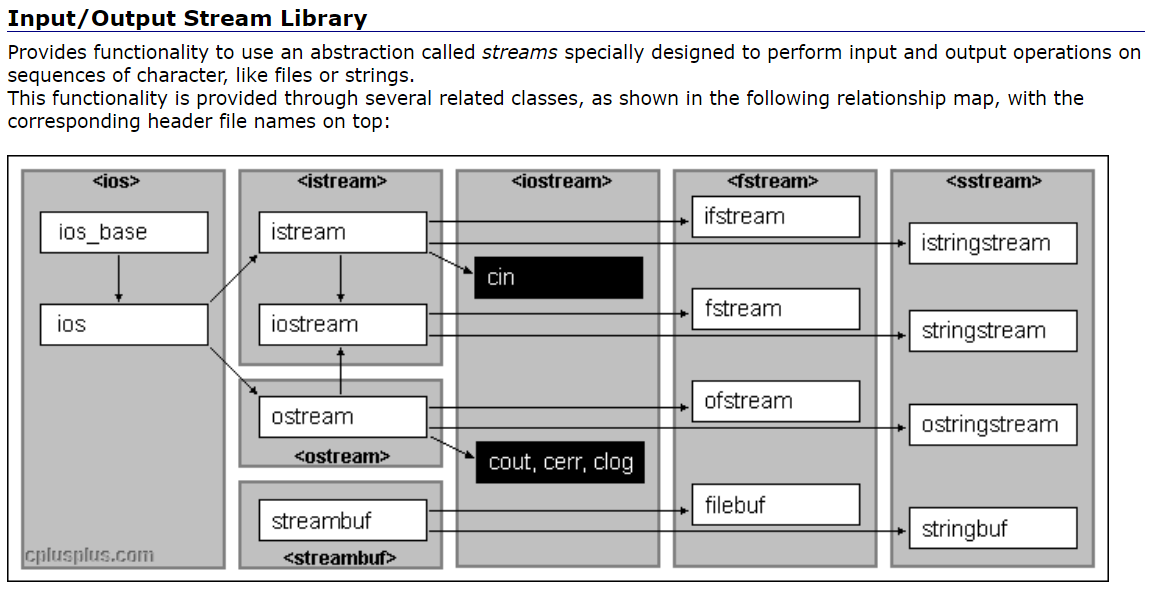
C++标准IO流
C++标准库提供了4个全局流对象cin、cout、cerr、clog
使用cout进行标准输出,即数据从内存流向控制台(显示器)。
使用cin进行标准输入即数据通过键盘输入到程序中,
同时C++标准库还提供了cerr用来进行标准错误的输出,
以及clog进行日志的输出
从上图可以看出,cout、cerr、clog是ostream类的三个不同的对象,因此这三个对象现在基本没有区别,只是应用场景不同
注意:使用这4个流的时候必须要包含文件并引入std标准命名空间
- cin为缓冲流。键盘输入的数据保存在缓冲区中,当要提取时,是从缓冲区中拿。如果一次输入过多,会留在那儿慢慢用,如果输入错了,必须在回车之前修改,如果回车键按下就无法挽回了。只有把输入缓冲区中的数据取完后,才要求输入新的数据
- 输入的数据类型必须与要提取的数据类型一致,否则出错。出错只是在流的状态字state中对应位置位(置1),程序继续
- 空格和回车都可以作为数据之间的分格符,所以多个数据可以在一行输入,也可以分行输入。但如果是字符型和字符串,则空格(ASCII码为32)无法用cin输入,字符串中也不能有空格。回车符也无法读入
例如,我们使用cin无法将含空格的字符串"hello world"输入到string对象中
#include<iostream>
using namespace std;
int main() {
//int a = 0;
//scanf("%d", &a);
//printf("%d", a);
//cin >> a; // cin是标准库中定义的istream类型全局对象
//cout << a; // cout是标准库中定义的ostream类型全局对象
//cin.operator>>(a);
//cout.operator<<(a);
int a = 1;
double b = 2.2;
//C++ cout和cin能自动识别对象类型,因为本质他是一个函数重载区分识别
cout << a << endl;
cout << b << endl;
string str;
// 会调用 std::ios::operator bool()
while (cin >> str) { // 按ctrl+c 结束
cout << str << endl;
}
return 0;
}对于含有空格的字符串,我们需要使用getline函数进行读取,因为getline函数只有遇到’\n’才会停止读取
#include <iostream>
#include <string>
using namespace std;
int main()
{
string s;
getline(cin, s); //输入:"hello world"
cout << s << endl; //输出:"hello world"
return 0;
}istream类型对象转换为逻辑条件判断值
实际上我们看到使用 while(cin>>i) 去流中提取对象数据时,调用的是operator>>,返回值是istream类型的对象,那么这里可以做逻辑条件值,源自于istream的对象又调用了operator bool,operator bool调用时如果接收流失败,或者有结束标志,则返回false
// istream& operator>> (int& val);
// explicit operator bool() const;
int main(){
string str;
// 会调用 std::ios::operator bool()
while (cin >> str) { // 按ctrl+c 结束
cout << str << endl;
}
}C++文件IO流
C++根据文件内容的数据格式分为二进制文件和文本文件。采用文件流对象操作文件的一般步骤:
1. 定义一个文件流对象,操作文件的类有以下三个:
- ifstream ifile(只读)
- ofstream ofile(只写)
- fstream iofile(可读可写)
使用文件流对象的成员函数打开一个磁盘文件,使得文件流对象和磁盘文件之间建立联系
文件常见的打开方式如下
| 打开方式 | 功能 |
|---|---|
| ios_base::in | 以读的方式打开文件 |
| ios_base::out | 以写的方式打开文件 |
| ios_base::app | 以追加的方式对文件进行写入 |
| ios_base::binary | 以二进制方式对文件进行操作 |
| ios_base::ate | 输出位置从文件的末尾开始 |
| ios_base::trunc | 先将文件内容清空再打开文件 |
以二进制的形式操作文件
以二进制的形式对文件进行写入操作:
#include<fstream>
int main(){
ofstream ofs("test.txt",ios_base::binary ); //以二进制写入的方式打开
ofs.put('c'); // fputc()
ofs.write("11111", 3); // fwrite()
ofs.close();
return 0;
}以二进制的形式对文件进行读取操作:
int main(){
ifstream ifs("test.txt",ios_base::binary ); // 以二进制读取的方式打开
ifs.seekg(0, ifs.end); //跳转到文件末尾
int length = ifs.tellg(); //获取当前字符在文件当中的位置,即文件的字符总数
ifs.seekg(0, ifs.beg); //重新回到文件开头
char buffer[100];//读取到的数据存在buffer里面
ifs.read(buffer, length);
// 处理读取到的数据
for (int i = 0; i < length; i++)
{
cout << buffer[i];
}
cout << endl;
ifs.close();
return 0;
}注意:使用二进制的方式进行读取不能使用string,否则程序会读取异常,虽然在一个进程里面读取没有问题,一个程序写入,另一个程序读取就会出现问题
使用二进制的方式进行操作文件,很不方便,一般都是使用文本的方式操作文件
以文本的形式操作文件
对文件的操作一般喜欢使用流的方式进行读取,更加方便,可以不使用类的成员的函数
以文本的形式对文件进行写入操作:
int main(){
ofstream ofs("test.txt"); // fopen(,"W")
ofs.put('c'); // fputc()
ofs.write("11111", 3); // fwrite()
ofs << "!!!";
ofs.close();
return 0;
}以文本的形式对文件进行读取操作:
int main(){
ifstream ifs("test.txt"); // fopen(, "R")
cout << (char)ifs.get() << endl; // fgetc()
cout << (char)ifs.get() << endl; // fgetc()
cout << (char)ifs.get() << endl; // fgetc()
cout << (char)ifs.get() << endl; // fgetc()
string s;
ifs >> s; //读取到空格或文件末尾就停下了
cout << s;
ifs.close();
// ifs.read // fread()
return 0;
}注意:使用ofstream类对象的open函数时,若不指定打开方式,则默认以写的方式打开文件;使用ifstream类对象的open函数时,若不指定打开方式,则默认以读的方式打开文件;使用fstream类对象的open函数时,若不指定打开方式,则默认以写+读的方式打开文件
读写结构体
struct info {
string name;
int age;
int score;
};
int main(){
info win = { "小唐",19 };
ofstream ofs("test2.txt");
ofs << win.name << " "; // 这里有分隔符,下面才能这样读
ofs << win.age << endl; // 分隔符可以是空格或者回车
ofs.close();
info rin;
ifstream ifs("test2.txt");
ifs >> rin.name;
ifs >> rin.age;
cout << rin.name << ":" << rin.age << endl;
return 0;
}stringstream的简单介绍
在C语言中,如果想要将一个整形变量的数据转化为字符串格式:
- 使用itoa()函数
- 使用sprintf()函数
int main()
{
int n = 123456789;
char s1[32];
_itoa(n, s1, 10);
char s2[32];
sprintf(s2, "%d", n);
char s3[32];
sprintf(s3, "%f", n);
return 0;
}但是两个函数在转化时,都得需要先给出保存结果的空间,那空间要给多大呢,就不太好界定,而且转化格式不匹配时,可能还会得到错误的结果甚至程序崩溃
在C++中,可以使用stringstream类对象来避开此问题。
在程序中如果想要使用stringstream,必须要包含头文件 <sstream>。
stringstream主要可以用来:
1. 将数值类型数据格式化为字符串
#include<sstream>
int main()
{
int a = 12345678;
string sa;
// 将一个整形变量转化为字符串,存储到string类对象中
stringstream s;
s << a;
s >> sa;
// clear()
// 注意多次转换时,必须使用clear将上次转换状态清空掉
// stringstreams在转换结尾时(即最后一个转换后),会将其内部状态设置为badbit
// 因此下一次转换是必须调用clear()将状态重置为goodbit才可以转换
// 但是clear()不会将stringstreams底层字符串清空掉
// s.str("");
// 将stringstream底层管理string对象设置成"",
// 否则多次转换时,会将结果全部累积在底层string对象中
s.str("");
s.clear(); // 清空s, 不清空会转化失败
double d = 12.34;
s << d;
s >> sa;
string sValue;
sValue = s.str(); // str()方法:返回stringsteam中管理的string类型
cout << sValue << endl;
return 0;
}2. 字符串拼接
int main()
{
stringstream sstream;
// 将多个字符串放入 sstream 中
sstream << "first" << " " << "string,";
sstream << " second string";
cout << "strResult is: " << sstream.str() << endl;
// 清空 sstream
sstream.str("");
sstream << "third string";
cout << "After clear, strResult is: " << sstream.str() << endl;
return 0;
}序列化和反序列化结构数据
#include<sstream>
struct info {
string name;
int age;
int score;
};
int main(){
info win = { "小邓",21 ,99 };
// 序列化成字符串
ostringstream ost;
ost << win.name << endl;
ost << win.age << endl;
ost << win.score << " ";
string str1 = ost.str();
cout << str1 << endl;
// 网络中就可以把这个str1发送给另一端
//
//网络另一端接收到以后就可以解析数据
// 反序列化成字符串
istringstream ist;
info rin;
ist.str(str1);
ist >> rin.name;
ist >> rin.age;
ist >> rin.score;
cout << rin.name << endl;
cout << rin.age << endl;
cout << rin.score << " ";
return 0;
}- stringstream实际是在其底层维护了一个string类型的对象用来保存结果。
- 多次数据类型转化时,一定要用clear()来清空,才能正确转化,但clear()不会将stringstream底层的string对象清空。
- 可以使用s. str("")方法将底层string对象设置为""空字符串。
- 可以使用s.str()让stringstream返回其底层的string对象。
- stringstream使用string类对象代替字符数组,可以避免缓冲区溢出的危险,而且其会对参数类型进行推演,不需要格式化控制,也不会出现格式化失败的风险,因此使用更方便,更安全。



